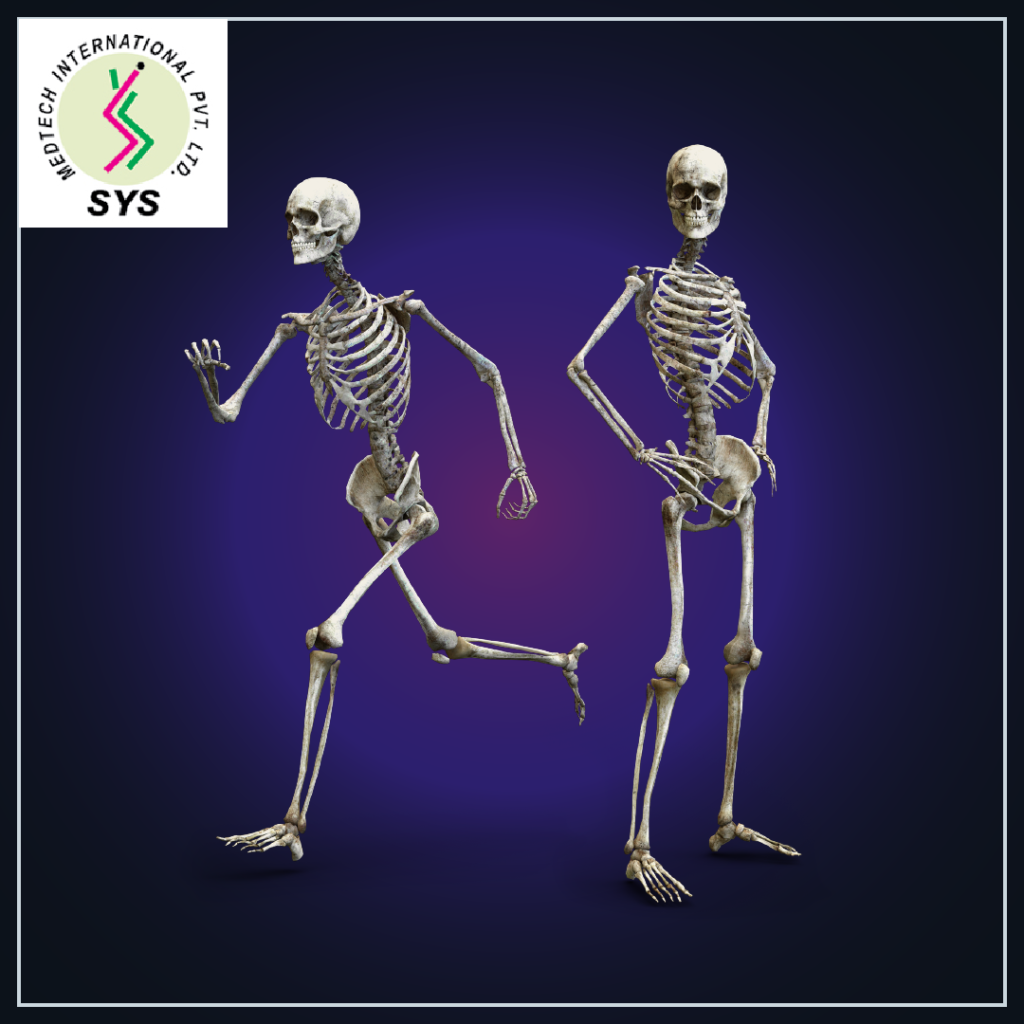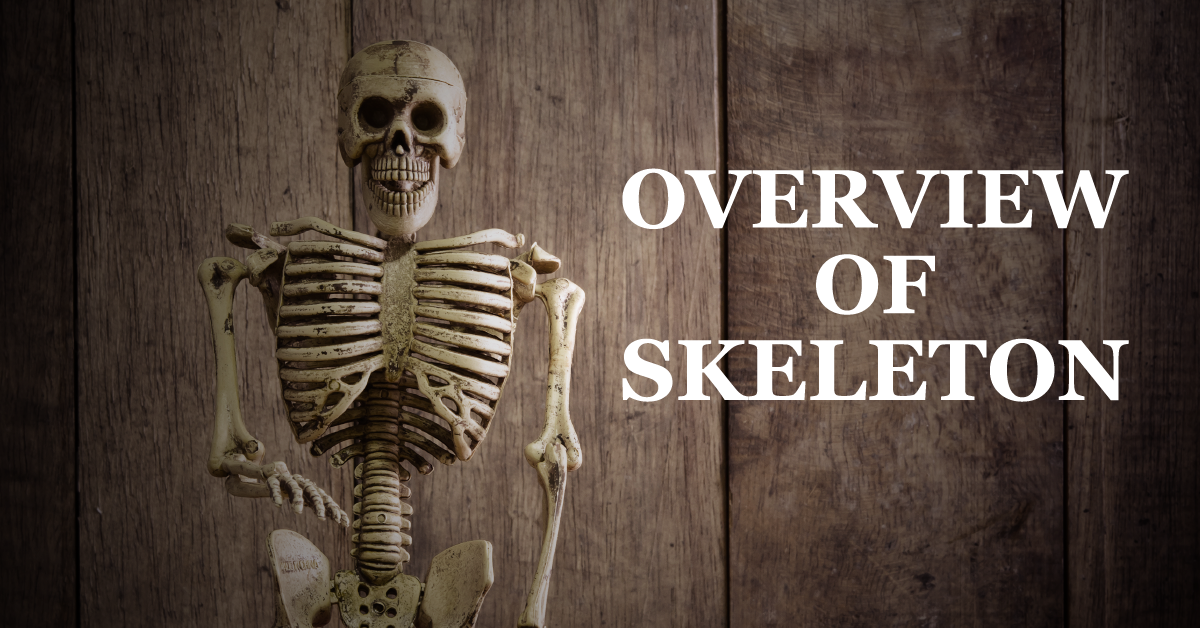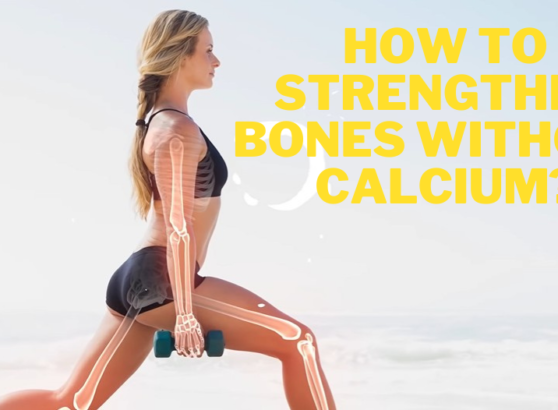The human skeleton is the basic structure of the human bones that holds the human body. The human skeleton is made up of many different types of bones and cartilage. Fibrous tissues called ligaments and tendons are also part of the skeleton. In this blog, we are going to get information about these bones and their structure.
Like other vertebrate species, the human skeleton has two main subdivisions, these are- axial and appendix. The axial includes the vertebral column, which is the spine and most of the skull. The appendix consists of the pelvic and pectoral lumbar and cartilage of bones. The third subdivision is visceral which includes the lower jaw, the upper jaw, and branched arches with the hyoid bone. Each subdivision has specific characteristics.
The human skeleton has three main functions- support, protection and motion. Of these functions, support is the most primary and basic function of the skeleton which might be the reason for its existence. All internal organs, systems and muscles depend on skeletal support.

After that, the human skeleton protects the internal organ from severe damage. For eg. the rib cage protects the lungs and heart, the skull protects the brain, etc. Looking at these examples we can surely say that the development of the human skeleton is the most important part of the evolution of mankind.
The third common function of the skeleton is the motion. Every muscle in the body is linked to the skeleton. Thus, from a beautiful straight drive by Sachin Tendulkar to the strokes on canvas by an artist and from the adventurous expeditions made by ISRO astronauts to the potter who works hard to make pottery, the movements of the body and its organs have been made possible by independent engineering systems of muscles and bones.
This is the overview of the human skeleton. I hope this information adds value to your knowledge. Watch out for more knowledge. Greetings for SYS Medtech International PVT. LTD.




